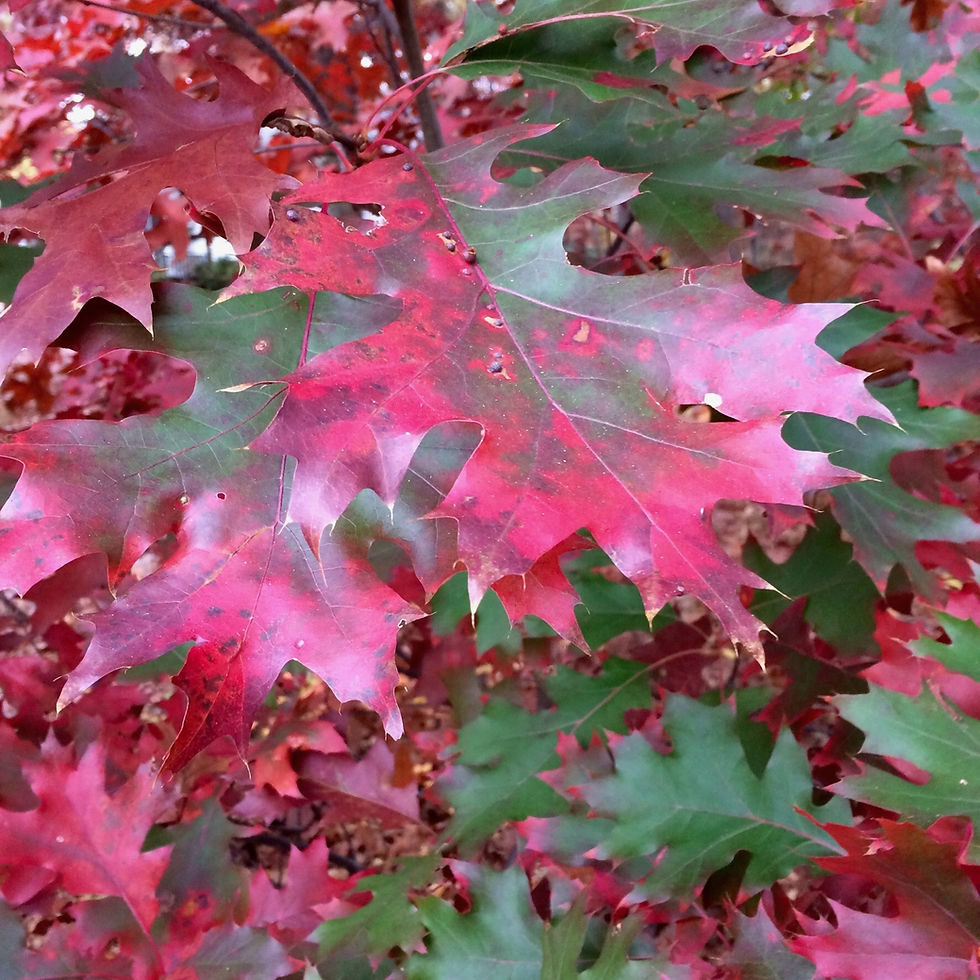Native Plant of the Week: Black Elderberry
- Kimberly Simmen
- Apr 21, 2024
- 1 min read
Updated: May 25, 2024
Fun Family: Adoxaceae
Name: Sambucus canadensis
Bloom Time: May-June
Flower: Creamy-white
Soil Condition: Moist, acidic, adaptable
Light: Partial Sun, Sun
Height/Width: 5-12' tall by 6-10' wide
Native Range: North and Central US, including LI
Zone: 4-8
Photos (KMS Native Plants): berries and form
The giant flowers, usually bigger than your face, are followed by shiny black fruit in August. Fruit must be cooked for human consumption. The cooked berries may be used in pies, pancakes, and jellies. The flowers and the fruit may be used in winemaking, marmalade, yogurt, and desserts. Black elderberry is also great in a planter. They are self-pollinating but it is best to have two or more plants for higher fruit yield.
Maintenance: Prune in the late winter. Prune out the dead or weak stems, shorten one-year stems, or cut back to the ground to rejuvenate the plant. For the best foliage and habit, a hard spring pruning is recommended. Cuttings are easily propagated.
Benefits: Attracts many different pollinators and is a great nectar source. Host plant to the summer azure butterfly and several moth species. Great tree for nesting birds. Provides shelter/cover for quail and pheasants. It is not deer-resistant. Black walnut tolerant.
Fun Facts: Hollow stems may be used to make flutes and whistles.
Companion Plants: Viola sororia (common violet), Fragaria virginiana (wild strawberry), mix with other native shrubs in a mixed hedgerow
=============================================================
References:















Comments